Is Your Advertising Strategy Doomed Without Similar Audiences?
As of May 1st, 2023, Google Ads bid farewell to its Similar Audiences feature, leaving marketers pondering their next move.
Kinase Senior Account Manager Natalie McDermott outlines ways to navigate this shift and find suitable alternatives for expanding and targeting audiences effectively.
What are Similar Audiences and where are they going!?
Similar audiences are automatically generated based on existing audience lists, such as site visitors or converters. When an audience list reaches a specific size, Google can generate a comparable list of users who have demonstrated similar behaviours or taken similar actions. I am sure you’ve seen the famous 'similar to all converters' and 'similar to all visitors' lists in your accounts over the years!
Now Google’s move towards privacy centric measurement is leaving similar audiences behind. They will be replaced with more “durable” solutions - yes this is incredibly vague. But fear not! We’ve outlined some actual steps you can take to mitigate the deprecation below.
Take stock of your current Similar Audiences and where you rely on them
As they can be used across multiple campaign types (Search, Shopping, YouTube, Display, Discovery & PMax) which perform very differently, it’s important to check if you’re heavily reliant on Similar Audiences. Once you’ve assessed this, you’ll be able to pinpoint gaps and work out how to bridge them.
As audiences and Smart Bidding go hand in hand, make sure you factor this into your audit. Audience signals give Smart Bidding more data points when it’s deciding who to serve an ad to. Any audiences created will be feeding Smart Bidding’s algorithm, regardless of whether they’re applied to a campaign or not.
If you’re using Similar Audiences in your upper funnel campaigns, Google has released two new targeting features to help expand reach
Optimised Targeting
Available in Display, Discovery, and YouTube campaigns, Optimised Targeting looks for additional conversions by targeting people most likely to convert. Leveraging real-time data, such as recent search queries of converters, this feature operates on a similar principle as a ‘Similar To All Converters’ list. From my experience, it definitely increases reach, with some campaigns being majority Optimised Targeting driven! My advice is keep an eye on it (like anything Google automates), and make sure it’s still achieving your KPIs.
Audience Expansion for YouTube
Another new feature to expand audience reach on YouTube campaigns is Audience Expansion. This looks for additional conversions by expanding to audience segments that look like your manually selected segments. Sounds quite familiar, almost, you might say, similar?PLUS: Don’t forget about other audience targeting
Adding in a segment for people who searched for terms on Google, such as competitors or high performing keywords. There’s also the Google created audience: in market, life events & affinity, which cover a wide range of interests and sectors. These can expand your reach to new customers, especially on upper funnel channels Display, Discovery & YouTube.
Combine Smart Bidding with 1st Party Data
Without Similar Audiences, Customer Match becomes a key part of improving the data available for Smart Bidding. Customer Match lists tell Google who your customers are, aiding the decision making of who to serve ads to.
It’s not just for lists of purchasers or existing customers: you should also consider other micro conversions on site such as signing up to a blog, ordering samples or creating an account. These actions indicate engagement with your business and provide valuable data for Smart Bidding.
If you’re looking to acquire new customers, test the Customer Acquisition goal with Smart Bidding
This is a new feature that bridges the gap left by Similar Audiences in Search and PMax campaigns, designed to help you grow your business by reaching new customers.
It has two modes:
New Customer Value
This bids higher for new customers than for existing. This is Google’s recommended mode, as it maximises reach to both old and new, maximising potential long term value.
New Customer Only
This only bids for new customers, limiting your ads reach to solely new customers. To identify new customers, Google can use customer match lists of existing customers uploaded to Google ads. This is designed to grow market share by ring fencing budget for customer acquisition, measured by ROI or Customer Acquisition Cost (CAC).
Whilst I have my doubts about this, it’s definitely interesting. Google states that you don’t need to upload Customer Match data - it can use purchaser data from your Google Ads Tag. But how far do we trust Google here? Is there a way to validate that these are definitely new customers? Or are you just inflating costs and trusting Google a bit too much?
Test GA4s Predictive Audience capabilities
Whilst this feature does take more setup than traditional audiences - you have to define the predictive metrics and give the model time to train ahead of setting up audiences, it could be a useful addition to your account to find new customers.
For example, you could create audiences based on people Google thinks are likely to make a purchase in the next 7 days. If you have lifetime value metrics in GA4, you could use this as an exclusion to focus on only new purchasers.
Now, back to you!
What are you doing to prepare for the sunsetting? Which one of these are you most likely to use?
For me, it’s GA4s predictive audience capabilities. If it’s as good as Google suggests, it could be pivotal in efficiently finding people interested in your business. Which, when you boil it down, is fundamental to growth, acronyms and algorithms aside.
By Natalie McDermott, Senior Account Manager


